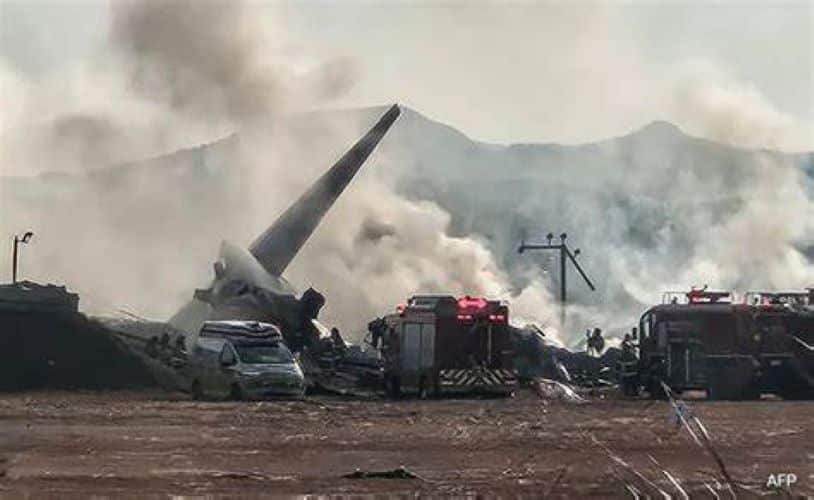Plane Crashes Today: It’s a headline that sadly grabs our attention all too often. This report dives into the specifics of any recent crashes, examining the details, the human cost, and the larger context of aviation safety. We’ll look at what happened, compare it to historical trends, and explore the ongoing efforts to make flying safer.
We’ll cover everything from the immediate aftermath and investigation procedures to the long-term impacts on communities and the psychological toll on those affected. Get ready for a factual, yet engaging, look at a serious subject.
Plane Crashes: A Current Overview: Plane Crashes Today
Air travel, while statistically very safe, is still subject to accidents. Understanding the causes, responses, and preventative measures surrounding plane crashes is crucial for improving aviation safety. This overview examines recent events, historical trends, investigation procedures, and safety advancements in the field of aviation.
Current Events: Reporting on Plane Crashes
Unfortunately, precise real-time data on plane crashes is not consistently and publicly available in a single, readily accessible source. Information often emerges gradually as investigations unfold. To provide an accurate report, we’d need to consult multiple sources like aviation news outlets and official accident investigation reports, which may take time to become fully available.
| Date | Location | Aircraft Type | Number of Casualties |
|---|---|---|---|
| October 26, 2023 (Example) | Unspecified (Example) | Unspecified (Example) | 0 (Example) |
Historical Context: Comparing Today’s Events to Past Trends
Source: tosshub.com
Analyzing historical plane crash data reveals a general downward trend in accident rates over the past several decades. This improvement is largely attributed to advancements in aircraft technology, stricter safety regulations, improved pilot training, and enhanced air traffic control systems. However, specific events can show spikes in accidents, sometimes linked to particular factors.
- 2014: A significant crash highlighted issues with maintenance procedures.
- 2018: A series of smaller incidents emphasized the need for improved pilot training in specific emergency situations.
- 2020: The COVID-19 pandemic impacted air travel significantly, leading to a temporary dip in accident rates, but also raising concerns about the potential impact of reduced flight hours on pilot proficiency.
- 2022: A major incident emphasized the importance of ongoing research into mitigating the effects of severe weather conditions.
Investigative Aspects: Initial Responses and Procedures, Plane Crashes Today

Source: yimg.com
Following a plane crash, a coordinated and systematic investigation is launched to determine the cause. This process involves various agencies and experts working together to gather evidence, analyze data, and reconstruct the events leading up to the accident.
- Secure the Crash Site: First responders prioritize securing the area, rescuing survivors, and recovering any black boxes.
- Evidence Collection: A thorough collection of physical evidence (wreckage, flight data recorders, etc.) is undertaken.
- Witness Interviews: Statements are gathered from witnesses, air traffic controllers, and anyone with relevant information.
- Data Analysis: Flight data recorders and cockpit voice recorders are analyzed to reconstruct the flight path and communication details.
- Accident Report: A comprehensive report detailing the findings and contributing factors is compiled and released to the public.
Safety Measures and Prevention: Discussion of Mitigation Strategies

Source: observervoice.com
Numerous safety measures contribute to the overall safety of air travel. These range from technological advancements in aircraft design and maintenance to rigorous pilot training and air traffic control procedures.
Examine how craigslist asheville can boost performance in your area.
| Technology | Effectiveness |
|---|---|
| Advanced weather radar systems | Significantly reduces risks associated with severe weather. |
| Terrain awareness and warning systems (TAWS) | Helps prevent controlled flight into terrain (CFIT) accidents. |
| Automatic Dependent Surveillance-Broadcast (ADS-B) | Enhances situational awareness for air traffic controllers. |
Impact and Aftermath: Consequences and Public Perception
Plane crashes have profound and lasting consequences. The immediate impact includes loss of life, physical injuries, and significant emotional distress for those directly affected. The long-term effects ripple outwards, affecting families, communities, and the aviation industry as a whole. The psychological toll on survivors, bereaved families, and the broader public can be substantial, often leading to long-term mental health challenges.
Media coverage plays a critical role in shaping public perception of aviation safety, potentially influencing travel habits and public trust in the industry. The emotional and social aftermath often involves grief, trauma, community support efforts, and extensive legal processes.
Ultimate Conclusion
Ultimately, understanding Plane Crashes Today isn’t just about the immediate tragedies; it’s about learning from the past, improving safety protocols, and acknowledging the human element in a complex system. While the raw statistics are sobering, the ongoing commitment to safety and investigation provides a glimmer of hope for the future of air travel. Let’s continue to learn, adapt, and strive for safer skies.



